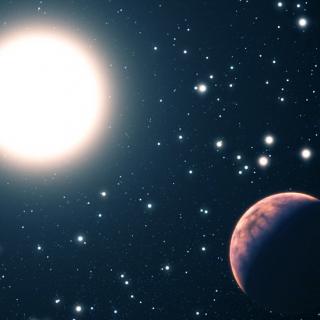Bibcode
Mikolaitis, S.; Soubiran, C.; Sousa, S. G.; Bergemann, M.; Korn, A. J.; Smiljanic, R.; Montes, D.; González-Hernández, J. I.; Tabernero, H. M.; Delgado-Mena, E.; Adibekyan, V.; Santos, N. C.
Bibliographical reference
Astronomy and Astrophysics, Volume 561, id.A21, 8 pp.
Advertised on:
1
2014
Journal
Citations
22
Refereed citations
21
Description
Context. The homogenization of the stellar parameters is an important
goal for large observational spectroscopic surveys, but it is very
difficult to achieve it because of the diversity of the spectroscopic
analysis methods used within a survey, such as spectrum synthesis and
the equivalent width method. To solve this problem, constraints to the
spectroscopic analysis can be set, such as the use of a common
line-list. Aims: We present a procedure for selecting the best
spectral lines from a given input line-list, which then allows us to
derive accurate stellar parameters with the equivalent width method. Methods: To select the lines, we used four very well known benchmark
stars, for which we have high-quality spectra. From an initial
line-list, the equivalent width of each individual line was
automatically measured for each benchmark star using ARES, then we
performed a local thermodynamic equilibrium analysis with MOOG to
compute individual abundances. The results allowed us to choose the best
lines, which give consistent abundance values for all the benchmark
stars from which we then created a final line-list. Results: To
verify its consistency, the compiled final line-list was tested for a
small sample of stars. These stars were selected to cover different
ranges in the parameter space for FGK stars. We show that the obtained
parameters agree well with previously determined values.
Full Table 2 is only available at the CDS via anonymous ftp to http://cdsarc.u-strasbg.fr
(ftp://130.79.128.5) or via http://cdsarc.u-strasbg.fr/viz-bin/qcat?J/A+A/561/A21
Related projects

Observational Tests of the Processes of Nucleosynthesis in the Universe
Several spectroscopic analyses of stars with planets have recently been carried out. One of the most remarkable results is that planet-harbouring stars are on average more metal-rich than solar-type disc stars. Two main explanations have been suggested to link this metallicity excess with the presence of planets. The first of these, the “self
Garik
Israelian

Observational Tests of the Processes of Nucleosynthesis in the Universe
Several spectroscopic analyses of stars with planets have recently been carried out. One of the most remarkable results is that planet-harbouring stars are on average more metal-rich than solar-type disc stars. Two main explanations have been suggested to link this metallicity excess with the presence of planets. The first of these, the “self
Garik
Israelian